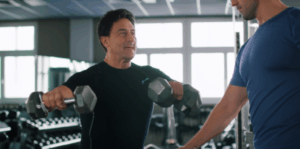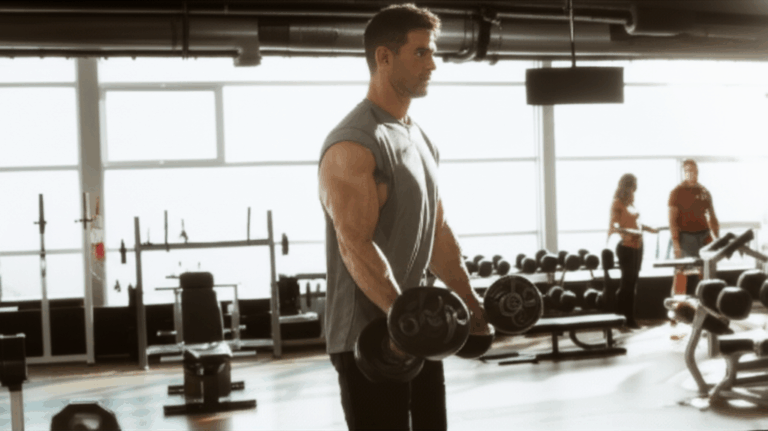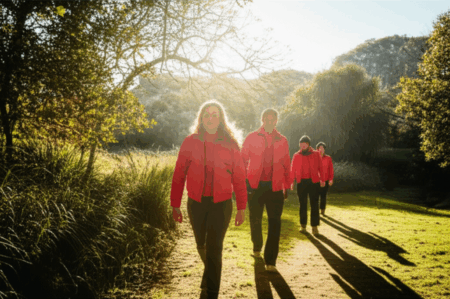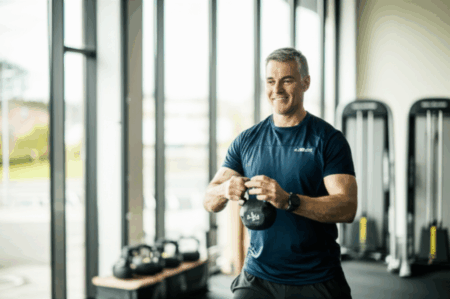Actor Alan Ritchson, known for his formidable physique as Jack Reacher, has garnered significant attention for his fitness regimen, particularly a recent three-move workout designed for “hypertrophy and longevity.” This routine, which emphasizes moderate weight and higher volume, aims to build muscle size while also contributing to long-term health.
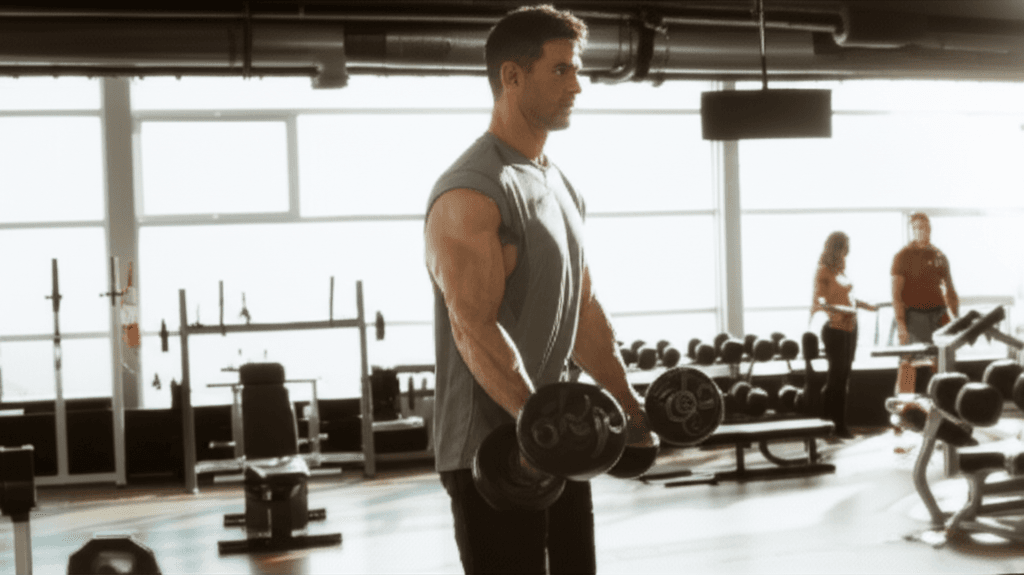
What is Hypertrophy?
Hypertrophy refers to the increase in the physical size of muscle fibers, typically achieved through resistance training like weightlifting. When muscles are challenged with strength training, small micro-tears occur in the muscle fibers. The body then repairs these tears, strengthening and enlarging the existing muscle tissue. There are two main types of skeletal muscle hypertrophy: myofibrillar, which increases the number of protein filament bundles (myofibrils) and boosts strength, and sarcoplasmic, which increases the volume of fluid within the muscle cells, leading to a bigger appearance. Hypertrophy training usually involves lifting fairly heavy weights with higher repetitions (often 6-12 reps per set, but sometimes up to 30 reps with lower intensities), and shorter rest periods (30-90 seconds) between sets.
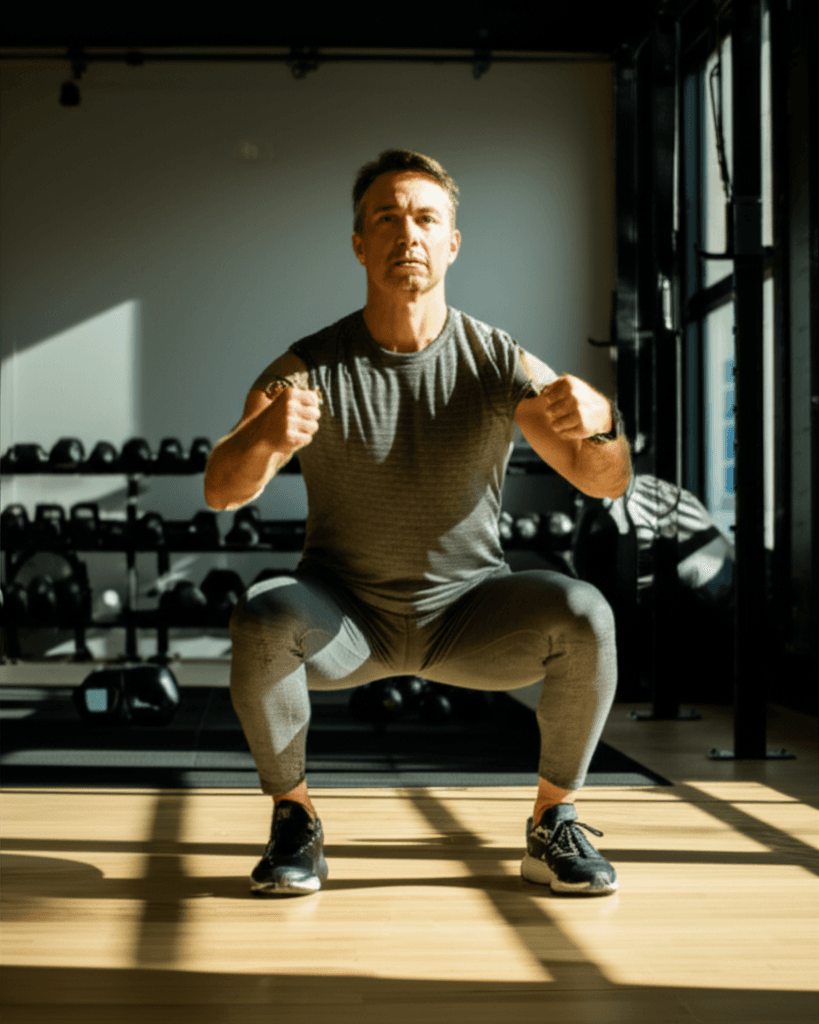
Understanding Longevity in Fitness
Longevity in the context of exercise refers to how physical activity contributes to a longer, healthier life. Regular exercise has been scientifically proven to extend lifespan, improve cardiovascular health, build bone strength, enhance mood, and reduce the risk of chronic diseases such as diabetes, heart disease, and obesity. Studies suggest that consistent physical activity can add years to one’s life, with recommendations typically ranging from 150-300 minutes per week of moderate-intensity aerobic activity or 75-150 minutes per week of vigorous-intensity activity, combined with strength training at least twice a week.
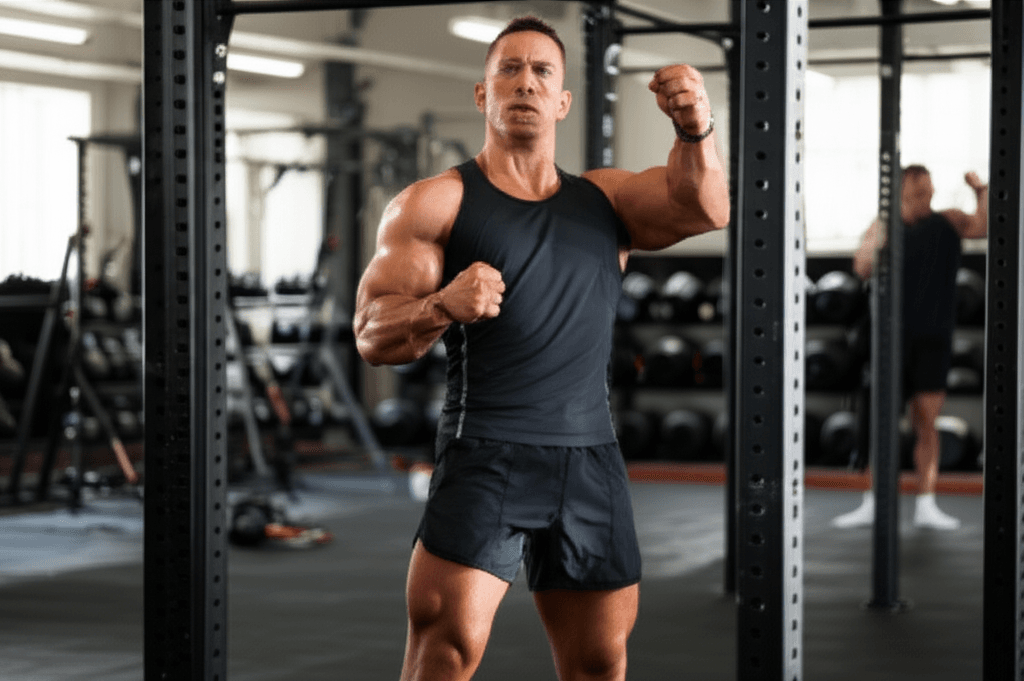
Alan Ritchson’s Approach to Training
Before his role as Reacher, Ritchson primarily focused on calisthenics, including push-ups, pull-ups, and dips. However, to achieve the significant muscle mass required for the character, he incorporated serious weight training, often following a classic bodybuilding split that targets each muscle group once a week. His philosophy emphasizes consistent, vigorous activity for short durations, with gym sessions often topping out at 30 minutes. Ritchson isn’t necessarily training to failure or chasing new personal records, but rather aims to maintain his physique long-term.
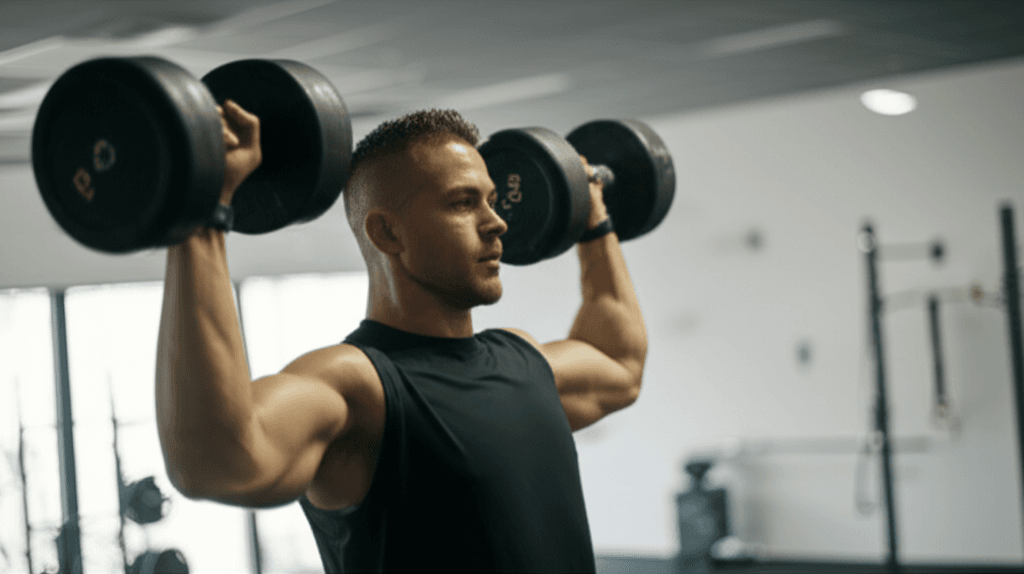
The Three-Move Workout Breakdown
Ritchson’s specific three-move workout, designed for hypertrophy and longevity, utilizes an EZ bar for a “giant set,” meaning three exercises performed consecutively without rest between them. He completes four rounds of this sequence, followed by leg and core work.
The exercises in the giant set are:
- EZ bar biceps curl x 15 reps: This targets the biceps. The recommendation is to stand holding the EZ bar, keeping elbows close to the torso, and curling the weight to shoulder level, contracting the biceps.
- EZ bar standing overhead triceps extension x 15 reps: This focuses on the triceps. Holding the EZ bar overhead, the arms bend at the elbows, lowering the bar towards the back of the head, then extending back up.
- EZ bar upright row x 10 reps: This engages the shoulders and upper traps. Holding the EZ bar in front of the thighs, the bar is lifted vertically to collar bone level, with elbows pointing upwards.
After completing one round of these three exercises, a rest period of 60-120 seconds is taken before starting the next round. Ritchson’s emphasis on “low(-ish) weight plus higher volume equals hypertrophy and longevity” suggests a focus on time under tension and metabolic stress for muscle growth, rather than simply lifting maximal weight.
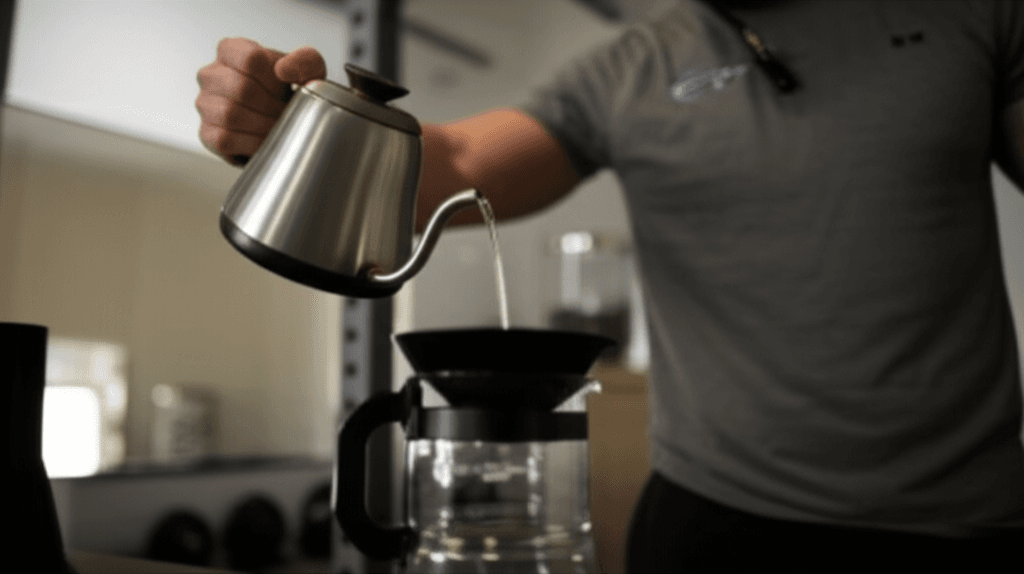
My Experience with the Workout
As a fitness enthusiast with over a decade of strength training experience, I found Ritchson’s three-move workout to be both enjoyable and effective. The continuous nature of the giant set, moving from biceps to triceps to shoulders without a break, truly taxes the muscles and provides a significant pump. Even with a “low-ish” weight, the high volume of repetitions quickly leads to muscle fatigue, indicating sufficient mechanical tension for growth.
The session was efficient, aligning with Ritchson’s preference for 30-minute workouts. My arms felt thoroughly worked by the end of the first two exercises, and by the final reps, the tempo had naturally slowed, demonstrating the effectiveness of the chosen rep ranges for stimulating muscle growth. Following the arm and shoulder work with leg and core exercises, as Ritchson does, ensures a more comprehensive full-body session.
This routine serves as an excellent example of how focused, high-volume work with moderate resistance can be highly effective for building muscle (hypertrophy) while also promoting overall fitness and sustainability (longevity), proving that intensity doesn’t always have to come from maximal loads.



